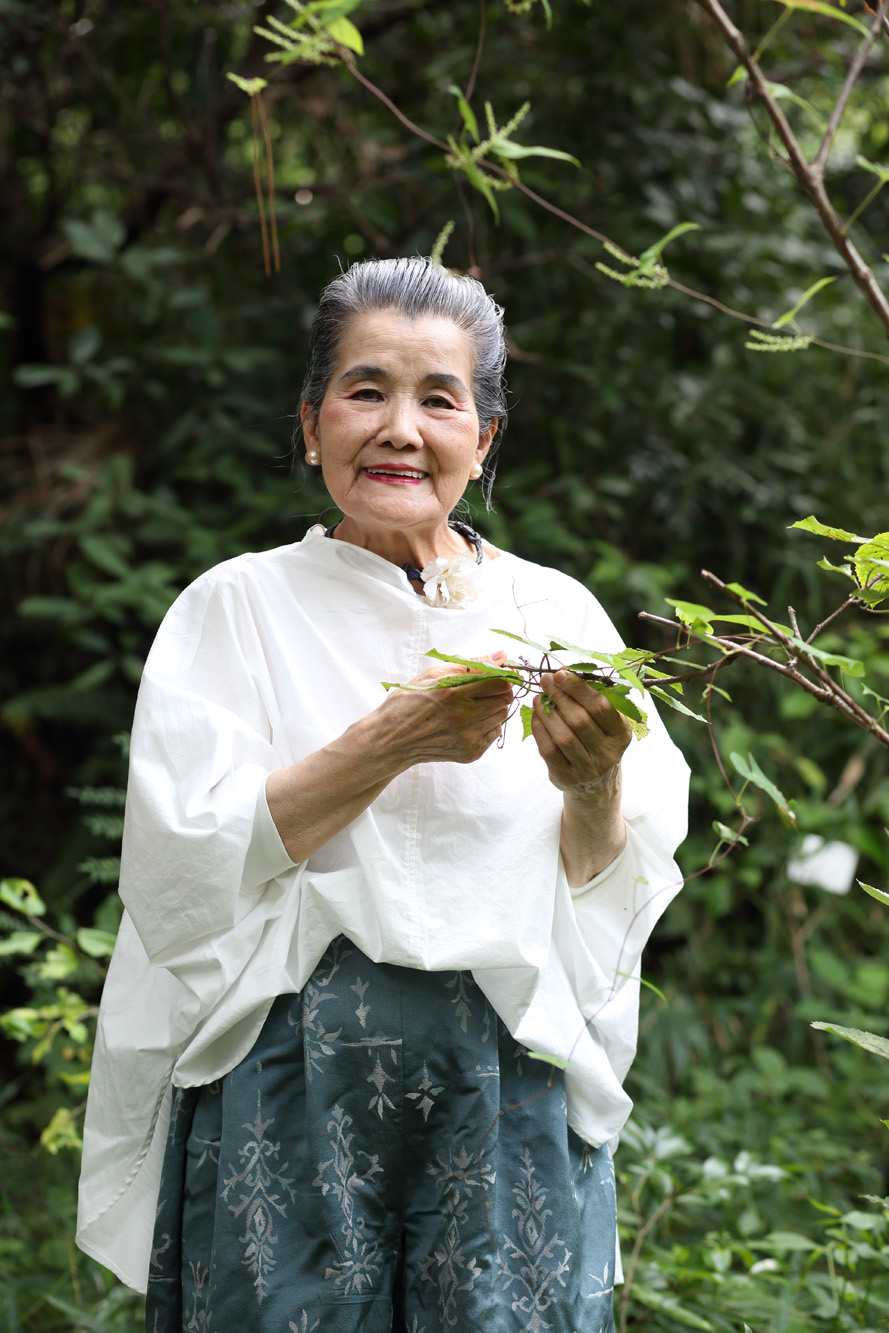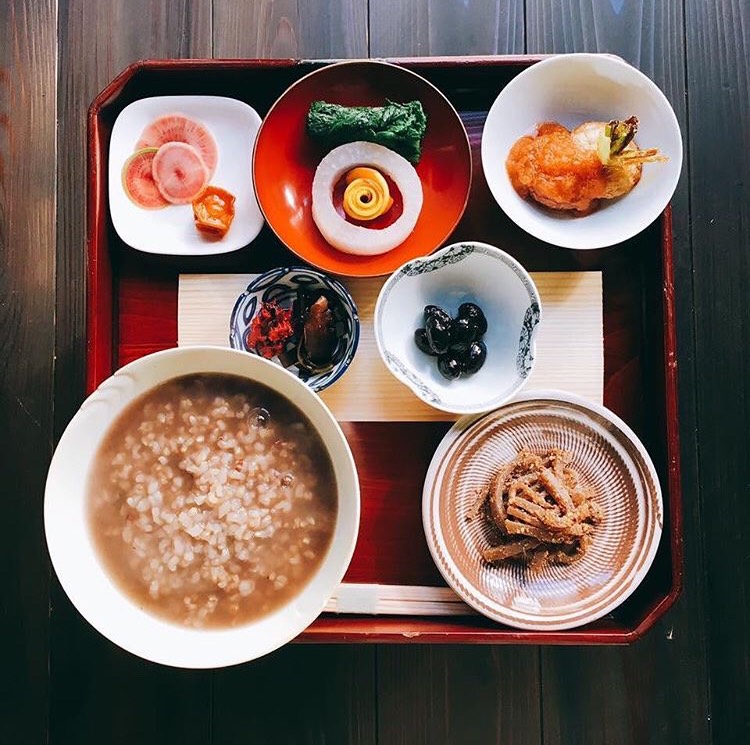CATEGORY:DAY TRIP/SHORT TRIP

Each day at the temple begins with sacred rites, sutra chanting, and offerings to Kannon. The temple welcomes visitors from all over the world to experience these morning rituals regardless of their faith or beliefs.
As the sun rises over Hasedera’s serene, mountain-enclosed temple precincts,you are invited to join the monk in the Main Hall.
Immerse yourself in the enchanting tones of the priests reciting their sutras,and observe them conducting their sacred morning rites. Afterward,a monk will guide you into the back of the hall to see the Juichimen Kannon, an eleven-faced statue of Kannon.
Following the experience at the temple, pay a special visit to enjoy a unique breakfast.
After 30+ years in Europe, expert Kyoko Oonishi has now continued teaching yaku-zen medicinal cooking in Japan for a decade as “Yamato Yakuzen.”

DAY1
An amazing spiritual experience at a historical temple followed by an eye-opening healthy gastronomic encounter by a renowned “food mediciner.”
JOURNEY
PRICE DETAILS
PRICE
74,000 JPY per person (for a group of 2 people)
Please contact us for two or more people.
PRICE INCLUDES
The morning service fee
The guide fee to the inner center by a priest
Breakfast fee
Interpretation fee
CAR
We can arrange an accommodation and a transport to your hotel with an additional charge. Please contact us for the price inquiry.

01
FIND YOUR FAVORITE
TRIP ON OUR WEBSITE.
SEND US AN INQUIRY.

02
PERSONALIZE THE TRIP
TO YOUR INTERESTS
WITH OUR CONSULTANT.

03
20% DEPOSIT TO CONFIRM.
BALANCE PRIOR TO ARRIVAL.
PAYMENT BY CC OR TT.

04
WE WILL
MEET YOU
AT THE AIRPORT.

05
DISCOVER THE
TREASURES!